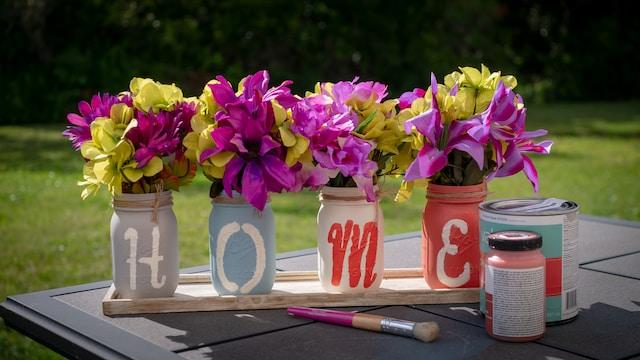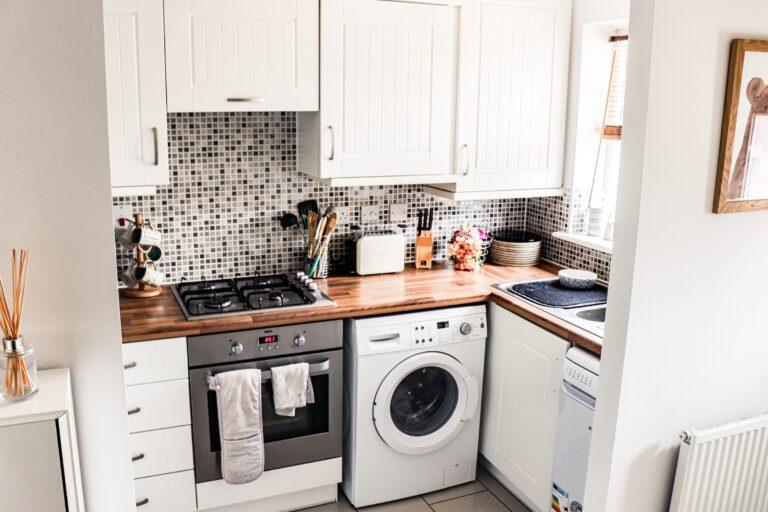Why Is My Room Hotter Than Outside? (Solved!)
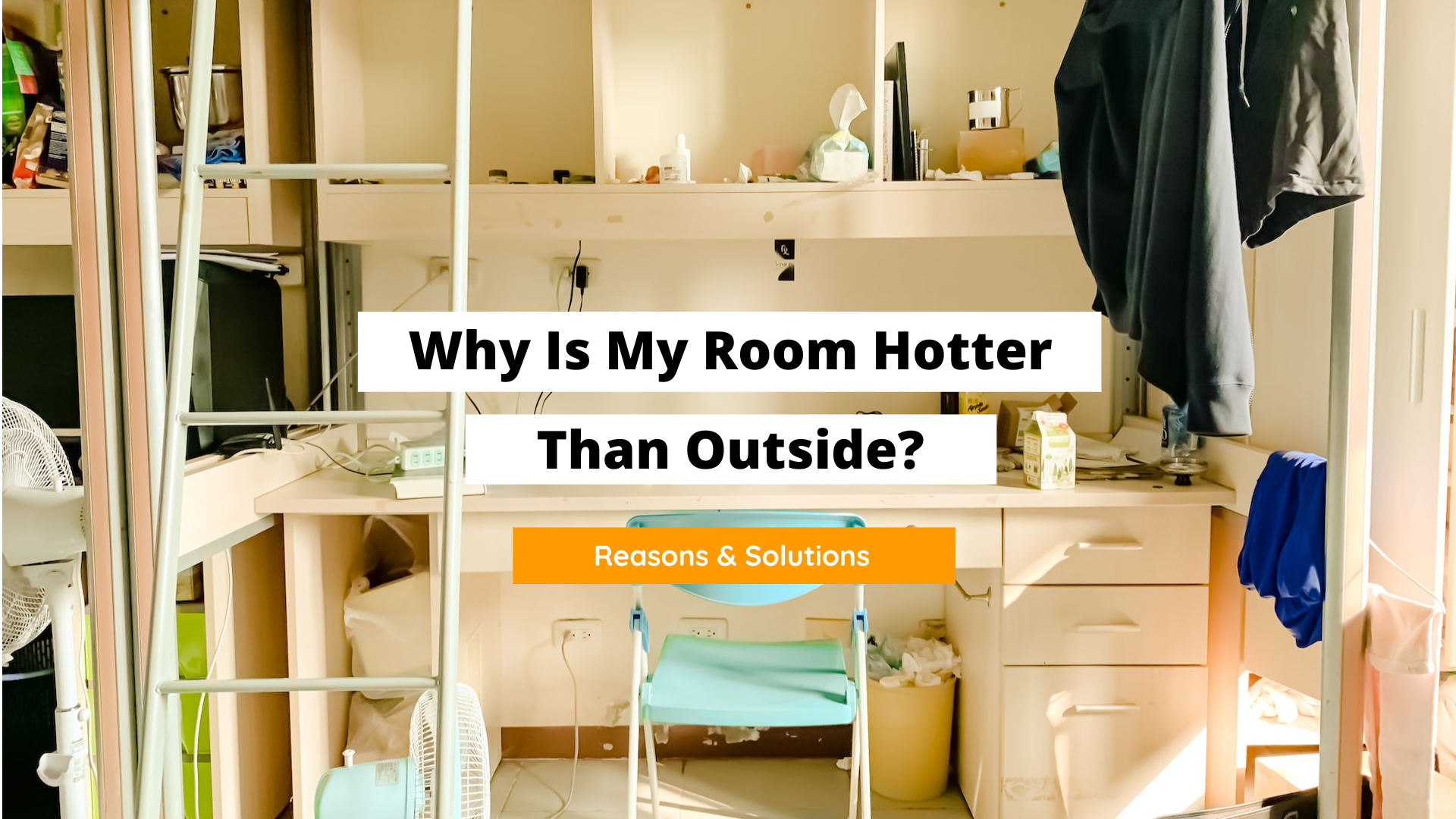
At the very least, a bedroom should be comfortable and cool. When compared to the outside, it should be an ideal place for you to relax. It’s a problem when that isn’t the case because your room is so hot. The temperature of your room can affect your mood, energy, and sleep. This begs the question, “Why is my room hotter than outside?”
The most common reasons why your room is hotter than outside are probably due to a lack of ventilation, being too cluttered and stuffy, the carpet being too warm, dirty or clogged air filters, small windows, direct sunlight entering your room for too long, the location, electronic and computer devices emitting heat, or the thermostat is malfunctioning.
There are solutions for most of these problems, but first, let’s discuss each of the reasons why your room is hotter than outside and how to fix it.
Table of Contents
9 Reasons Why Your Room Is So Hot

1. Lack of ventilation.
Not having a well designed room with windows positioned where air flow isn’t obstructed will cause humidity issues.
Throw in a lack of actual air vents or a cooling system, and your room will often feel like a furnace during hot weather.
Solution: If your budget permits, install new air vents to improve air flow into your room. Also, a good air conditioning unit designed specifically for your room can give you the freedom to adjust the temperature without affecting the rest of your house.
2. It’s too cluttered and stuffy.
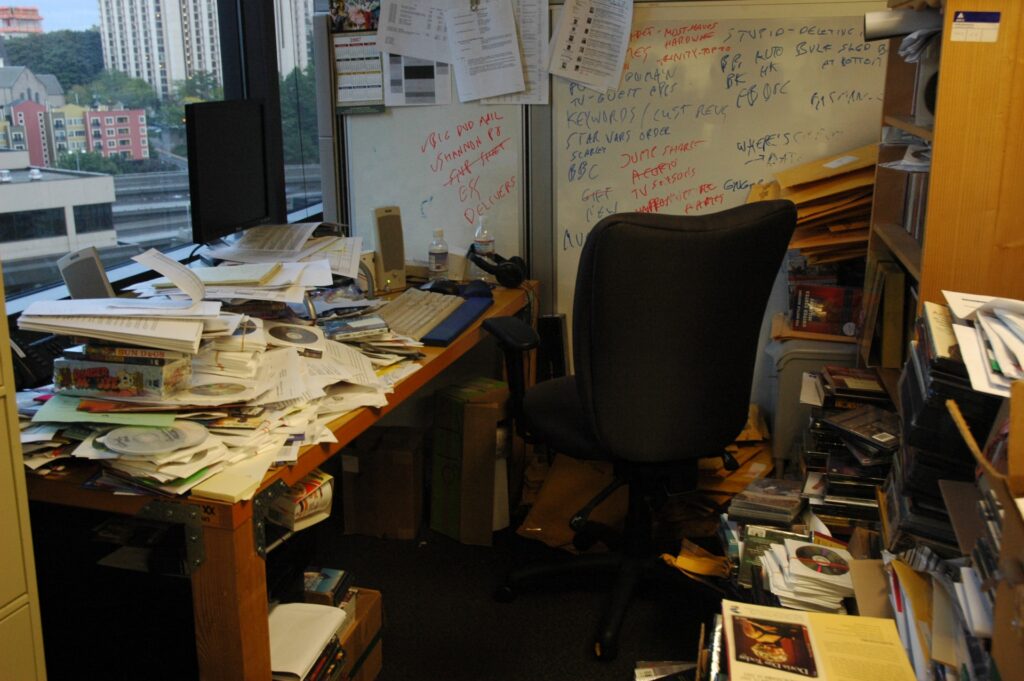
It’s not just your ventilation system or open windows that promote coolness in a room with adequate air flow.
The airflow in your room can be significantly impeded by obstructive furniture and clutter.
By creating pockets of dead zones, an overall stuffy and hotter environment is inevitable.
This is why maintaining a tidy, organized, and minimalistic setup in your room is crucial.
Be intentional about the way you decorate and furnish your room to avoid creating a cluttered and stuffy room that feels hotter than outside.
Solution: Simple changes like opting for cooler and thinner curtaining or blinds can make a difference in the temperature of your room as well. Some claim that choosing an earthy, neutral color for your room’s walls can help you feel cool and relaxed. Take all of this into account when organizing and decorating your room going forward.
3. Carpets are warming.
During the summer, most of us wear loose fitting clothes that are made of cotton.
For lack of a better term, they breathe easily.
Air passes through this light material much better than if you were to wear wool.
The thicker the material, the warmer you will feel. It insulates your body more, trapping more body heat.
Similarly, a carpeted room made of a specific material and thickness can make your room feel hotter than outside.
I can’t think of any material that is cooling.
They’re designed to be warm and to resist air flow from reaching beneath their surface.
Solution: As much as carpets are warming, they’re actually quite insulating. This means that if you want to trap cool air in your room, carpets can assist with that. Fire up your air-conditioning and close the doors and windows. Alternatively, swap out carpeting for vinyl flooring or tiles.
4. Dirty or clogged air filters.
It frequently happens that clogged air filters prevent the proper circulation of fresh, cool air throughout your home.
Also, damaged or leaky air ducts tend to contribute to uneven or inconsistent temperature of air.
Get these checked out as soon as you can because they will not resolve on their own.
In fact, they can get worse with time, and when you have blockages caused by dirt and grime, it becomes a breeding ground for bacteria and mold. Both of which are terrible for your health.
Solution: Every couple of months, make it a habit to clean out the filters in your air conditioning unit. Sometimes, dusting and cleaning them will work to restore their efficacy. If they are too stained, damaged, or dirty, replace them.
5. Your windows are too small.
An important metric to consider when it comes to altering temperature isn’t just heat or light.
Wind and air have just as much of an impact on temperature as anything else.
Cooler air should be introduced into a hot room to cool it down. To warm up a cold room, introduce hot air.
Because there aren’t many airflow openings, your room’s temperature won’t be significantly affected.
This is the problem with windows that are too small.
The amount of air that exits your room and enters your room from the outside is not sufficient to change the overall temperature in your room.
Solution: Rather than relying on your small windows, invest in a split-unit air conditioner that directly cools and circulates cool air throughout your room. If purchasing and installing your own air conditioner is out of your price range, you could also spend money on an air cooling fan to control the temperature of your room.
6. Direct sunlight enters your room.
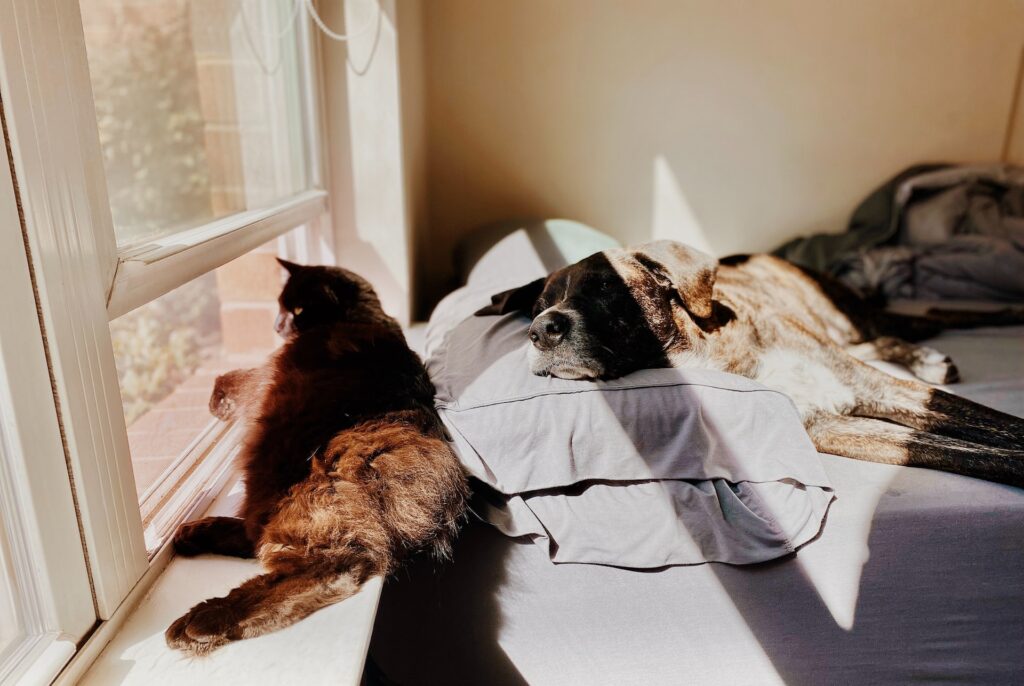
I’m a huge fan of natural lighting, and I thrive in an environment where I feel connected to the outdoors, but I will admit, it can be uncomfortable during hot weather.
All that scorching sunlight entering your room from early morning to midday is going to turn your room into a boxed furnace.
Even though it’s the same sunlight outside as it is indoors, the fact that you are in a walled room with one or two entry/exit points for air makes it different from the outdoors.
Your room will feel hotter than the outside because of this.
Keep in mind that light that is reflected through glass or mirrors tends to shine brighter and warmer than direct exposure to sunlight.
This is why a magnifying glass is used to start a fire.
It concentrates the light that passes through it, resulting in a brighter and hotter form of light.
All that sunlight passing through your windows and bouncing around reflective materials like mirrors will make your room feel hotter than outside.
Solution: Add a thin sheer curtain made of organza to minimize the amount of direct sunlight entering your room without blocking the flow of air. Alternately, use blinds instead of curtains to allow for adequate airflow through your windows while reducing the amount of light that actually enters your room.
7. The location of your room is concealed from natural air.
I recently visited my grandparents, who live in a dainty and cute cottage on my uncle’s property.
As much as it’s well designed for a couple their age, I couldn’t help but notice how hot it was inside.
Their windows were of average size, but they had a large sliding door at the entrance of their home.
So, it’s not like they don’t have access to a lot of air flow.
Then, it dawned on me that facing most corners of this little cottage are cement walls. On top of these walls were steel bars for added security.
They were boxed in! The natural wind was obstructed by these large walls or cars parked nearby.
Is it possible that your room is in a position that doesn’t have much access to air flow from outside?
Are there any walls in front of your windows or vents?
If so, this could explain why your room is hotter than the outside. There’s nowhere for the heat in your room to go, and there’s very little cool air passing through your windows or vents.
Solution: The best solution is to invest in air conditioning. It beats having more windows or vents installed. You want to maximize the amount of air flow entering and exiting your room. So, even a fan positioned in a good spot can change the overall humidity or warmth of the air in your room.
8. Electronic and computing devices are emitting too much heat.
Quite recently, I upgraded my computer in hopes of rendering my video and design edits at a higher speed.
Little did I know that even with a good cooling system, the amount of heat that is emitted from this computer is ridiculous.
It’s the equivalent of running a hairdryer at a constant, low speed.
All that warm/hot air will absolutely affect the temperature of your room.
It’s currently summer in my part of the world, so you can imagine my dismay when I realized my room is hotter than outside at times.
Solution: I had to change the positioning of this computer so that the heat isn’t pushed out towards the rest of my room. Additionally, I looked into ways to add more cooling to this device so that it doesn’t make my room hotter in the future. If all else fails, I’ll just readjust the temperature of the thermostat to be cooler than I’m used to so that the heat from this device ends up creating the right temperature for my room.
9. The thermostat is malfunctioning.
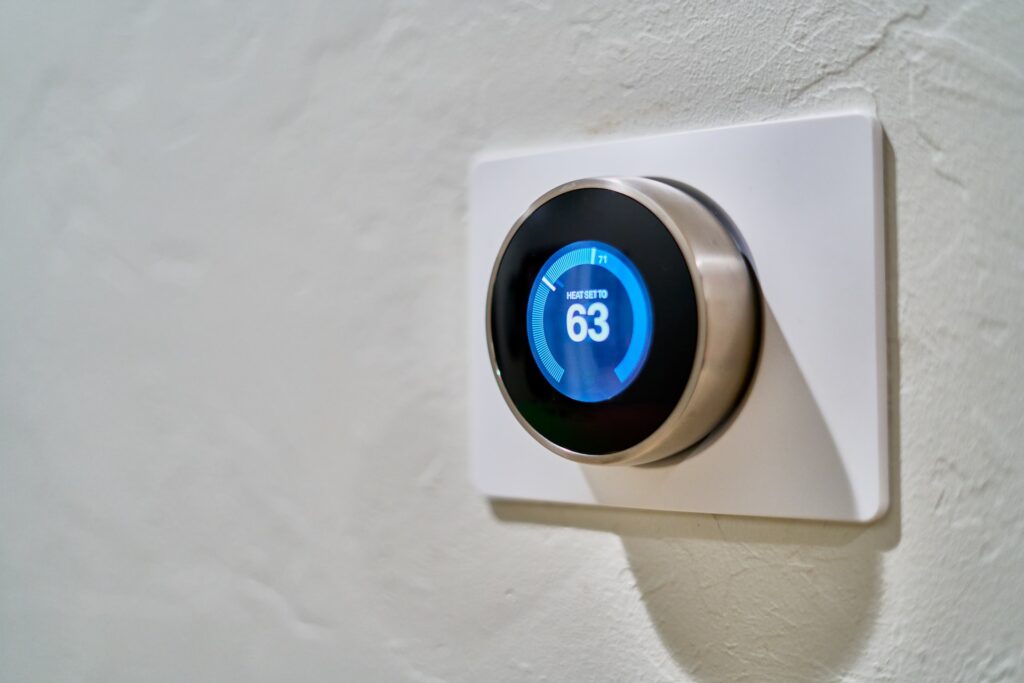
In homes that utilize HVAC systems that regulate the air flow and temperature in all rooms, a properly functioning thermostat is a no-brainer.
But, sometimes, a thermostat may malfunction for a number of reasons.
- Faulty wiring.
- Broken unit.
- Incorrect programming.
- Damaged high voltage wiring.
- Dead batteries.
These are some of the many reasons why the thermostat in your home isn’t sending out the correct message to the HVAC system.
Solution: Seek out professional help to inspect, test, and resolve issues pertaining to the thermostat.
Final Thoughts
Believe me when I tell you that I completely understand the struggle of living in a hot room but there are definitely things you can do to change your living situation.
Even if you are working with a small budget, make some adjustments to the layout of your room, open windows more, install blinds or get a good fan.
It will help, I promise you.
With that being said, if you’re looking for more ideas on how to improve your room, check out these articles:
1. How to cool a room with no windows.


